Afew years back, a friend of mine in Calgary, Alberta, was looking through his weekly tabloid advertising supplement, The Bargain Finder. Beside the advert for Ab Rockets with As Seen On TV guarantees was a lonely ad that read, “For Sale: one good used birchbark canoe.”
My friend called the number. The woman explained that her late husband had purchased the canoe and she was hoping to find it a good home.
In a heartbeat, my friend was there, although sure he would find a beater, something with the aesthetics of a hog trough made by hands part of an offshore assembly line sewing up souvenir canoes to be titivated with dyed chicken feathers for sale in the tourist kiosks of Disney World.
What he found instead was a beautiful handmade 14-foot birchbark canoe. The ribs and planking were made of hand-split eastern white cedar, the shell was one large piece of birchbark and the gores were gummed with the exact mixture of conifer gum and tallow that you would expect on a traditionally handcrafted canoe. The sewing with split spruce root was exquisite, obviously done with great skill and care. Best of all, it was signed by William Commanda, renowned canoe builder and spiritual leader from Kitigan Zibi Reserve, near Maniwaki, Quebec.
HUNTING FOR CANVAS COVERED CLASSICS
If you are looking for a new canoe, by all means use the Canoeroots Buyer’s Guide. However, if you’re looking for canvas-covered classics or birchbark canoes try your local pawnshop—really!
In Edmonton, I was giving a presentation when a chap came up and mentioned that if I was really interested in canoes I’d best get myself to his local pawnshop.
In the Loan Star Exchange, just west of 122nd Street on 118th Avenue NW, hanging above the music section, over the knock-off Gene Simmons autographed guitar and the framed special-issue Jan Arden CD, was an absolutely beautiful bark canoe.
It was dusty, but the lines of this amazing canoe flowed like pure poetry. It was 16 feet long, made from one piece of birchbark. The woodwork was all hand done by a very practiced hand. The thwarts had a gentle curve, as if they’d been steamed and placed under pres- sure between the gunwales to give the boat even more vital life and tension. Lastly, there, on the outside of the hull, was a very familiar carved and painted ornamentation.
The shop owner, Mike Monaghan, was a little nonplussed by my enthusiasm for the item, which for him was just window dressing.
Turns out, the canoe had come with the store when he had purchased it. The bill of sale had included the promise that he never sell the canoe. Beyond that he didn’t know much about it except that along with a huge stuffed buffalo head it gave a kind of frontier atmosphere to his place.
With a stepladder and a dust rag, we found the name. Not William Commanda, this one said, “Henri Vaillancourt, 1989.” That would be the Henri Vaillancourt whose canoes are in the Canadian Canoe Museum and the Smithsonian Institute—the same Henri Vaillancourt whose canoe-building legacy is featured in John McPhee’s classic book, The Survival of the Bark Canoe.
James Raffan is the executive director of the Canadian Canoe Museum.
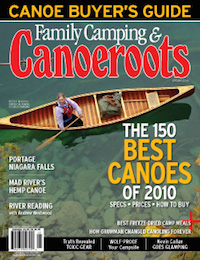 This article first appeared in the Spring 2010 issue of Canoeroots Magazine. For more great content, subscribe to Canoeroots’ print and digital editions here.
This article first appeared in the Spring 2010 issue of Canoeroots Magazine. For more great content, subscribe to Canoeroots’ print and digital editions here.



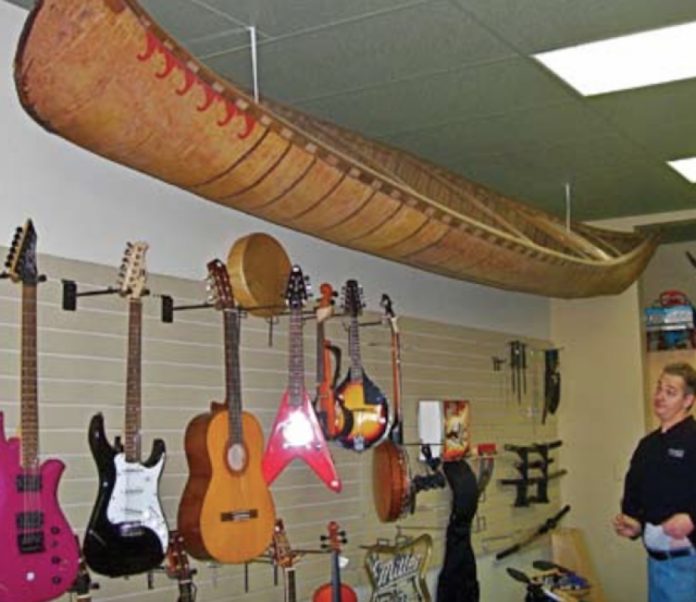
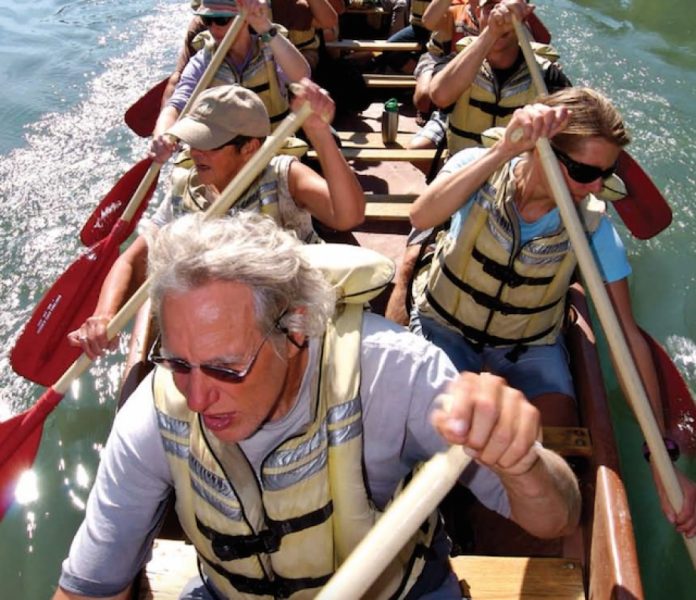

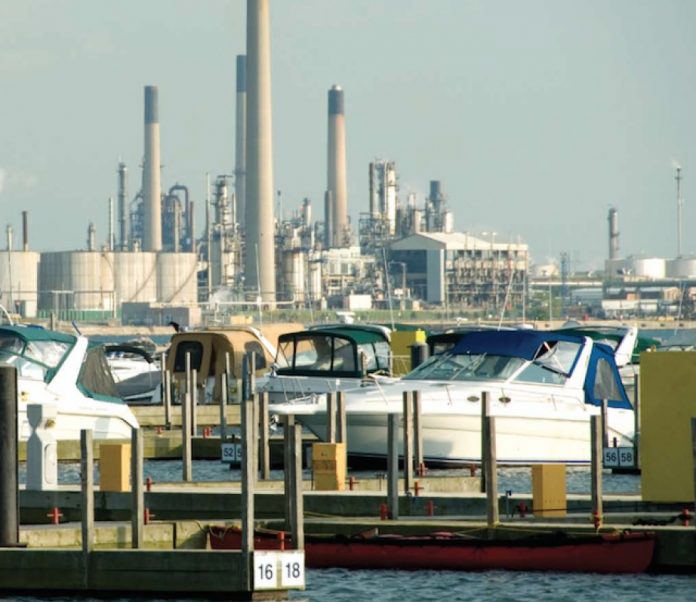
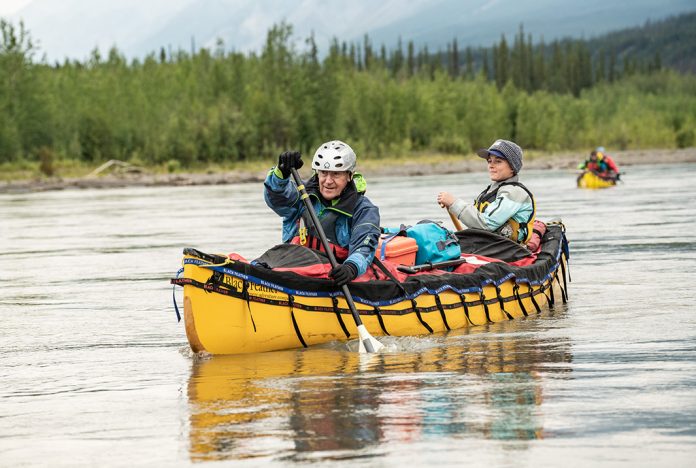
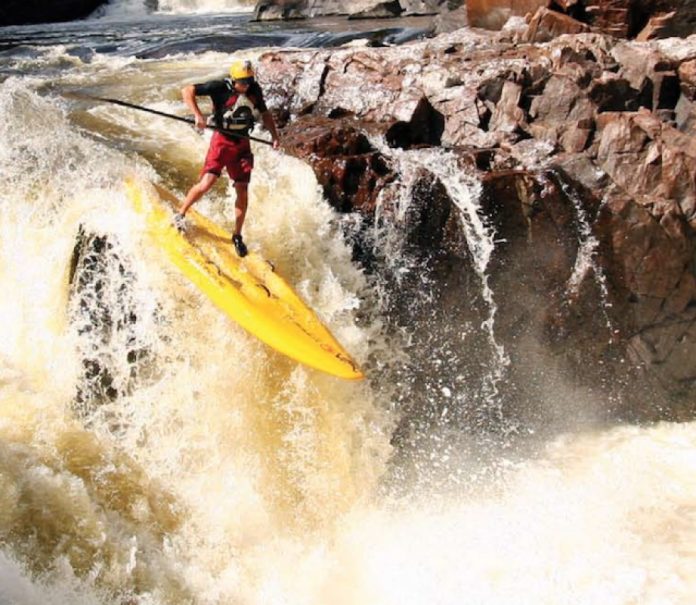
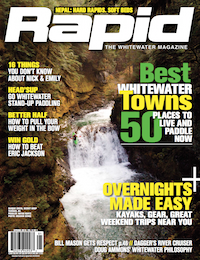 This article first appeared in the Spring 2010 issue of Rapid Magazine. For more great content, subscribe to Rapid’s print and digital editions
This article first appeared in the Spring 2010 issue of Rapid Magazine. For more great content, subscribe to Rapid’s print and digital editions 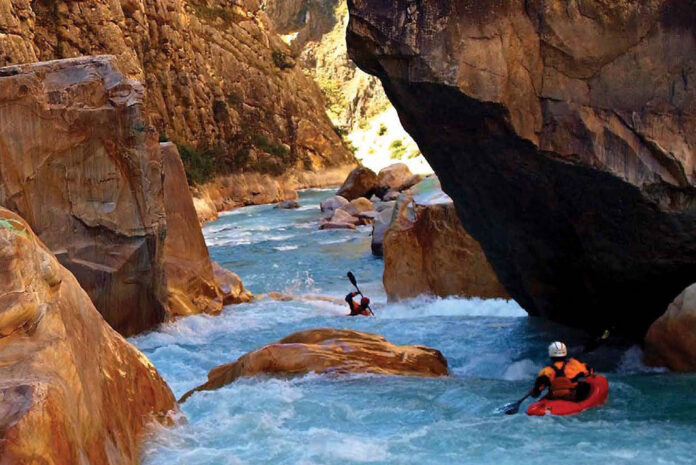

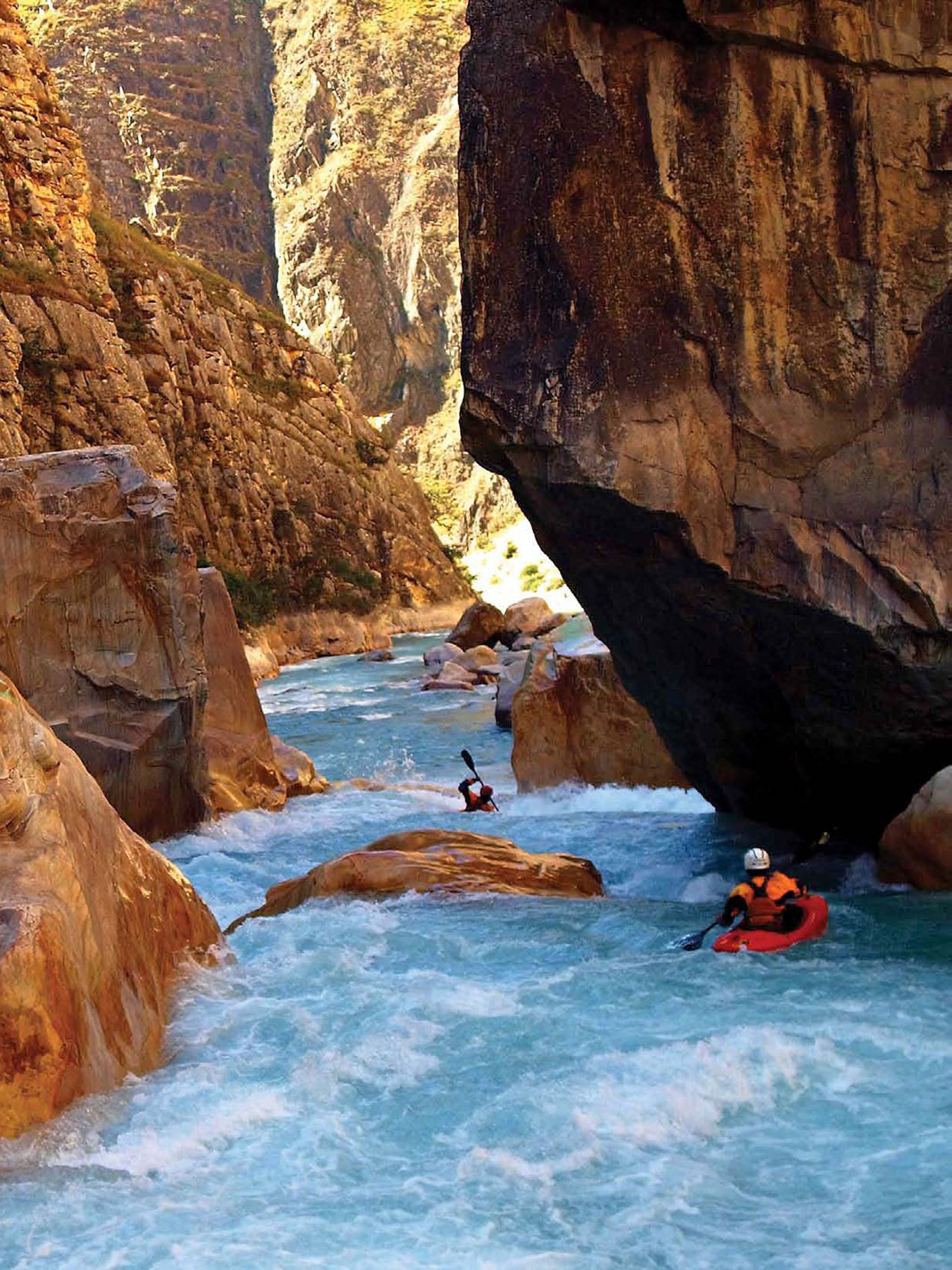
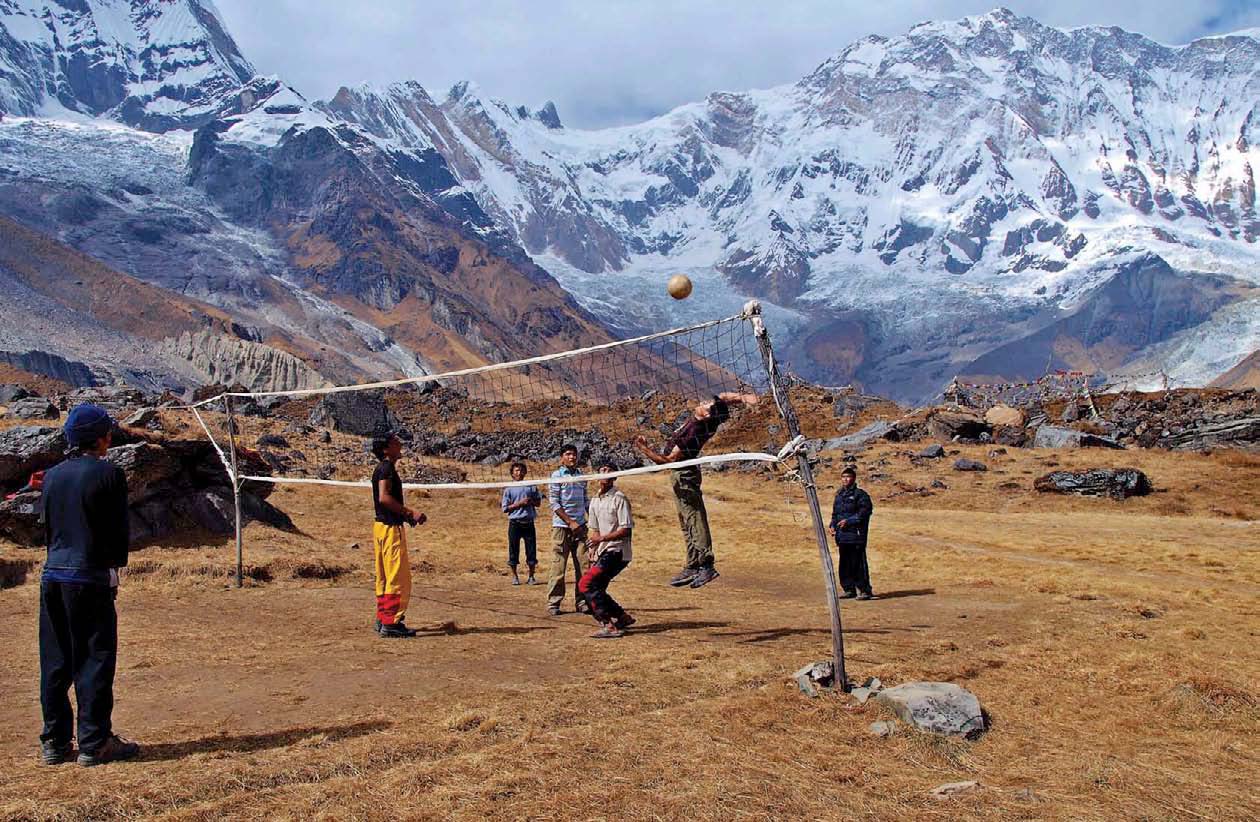

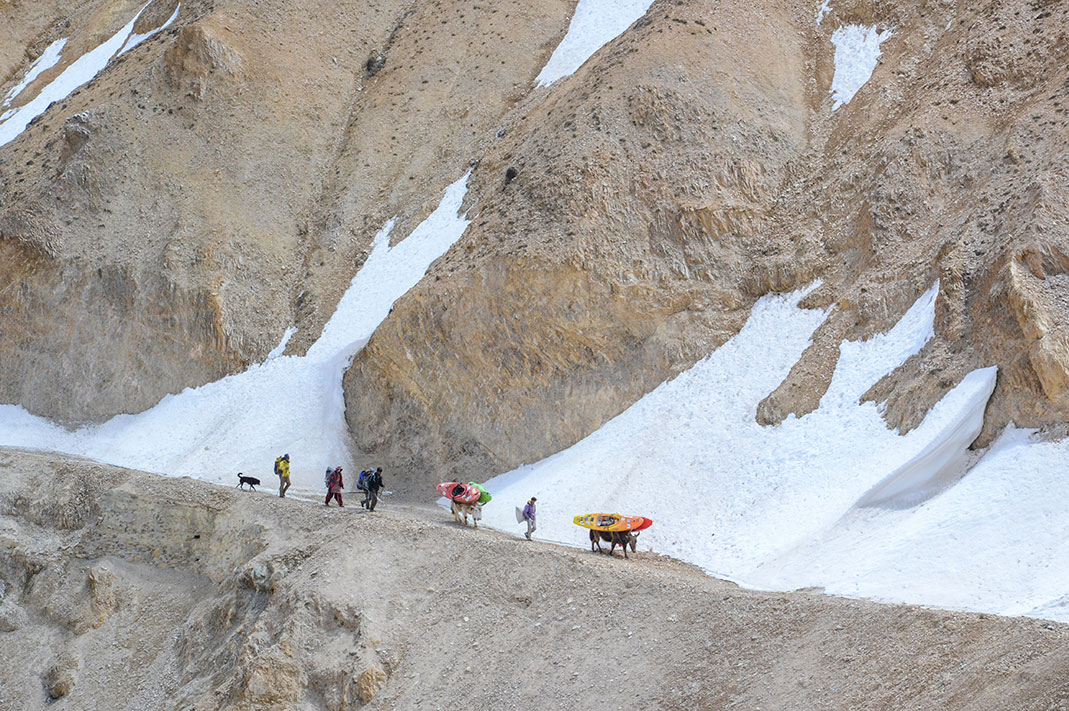
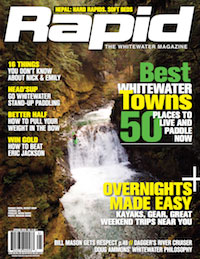 This article originally appeared in Rapid’s Spring 2010 issue.
This article originally appeared in Rapid’s Spring 2010 issue. 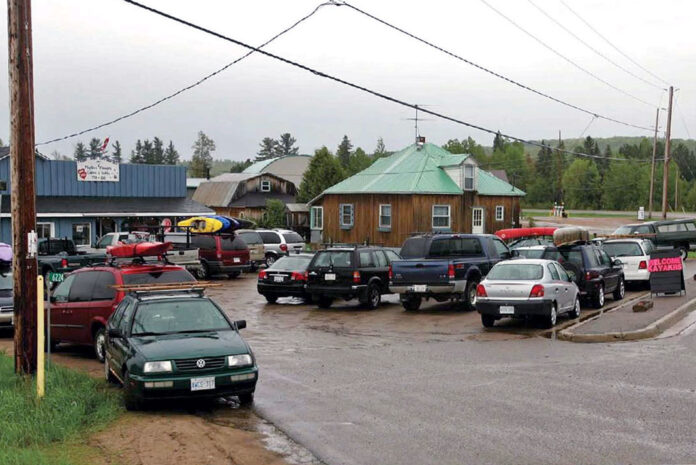
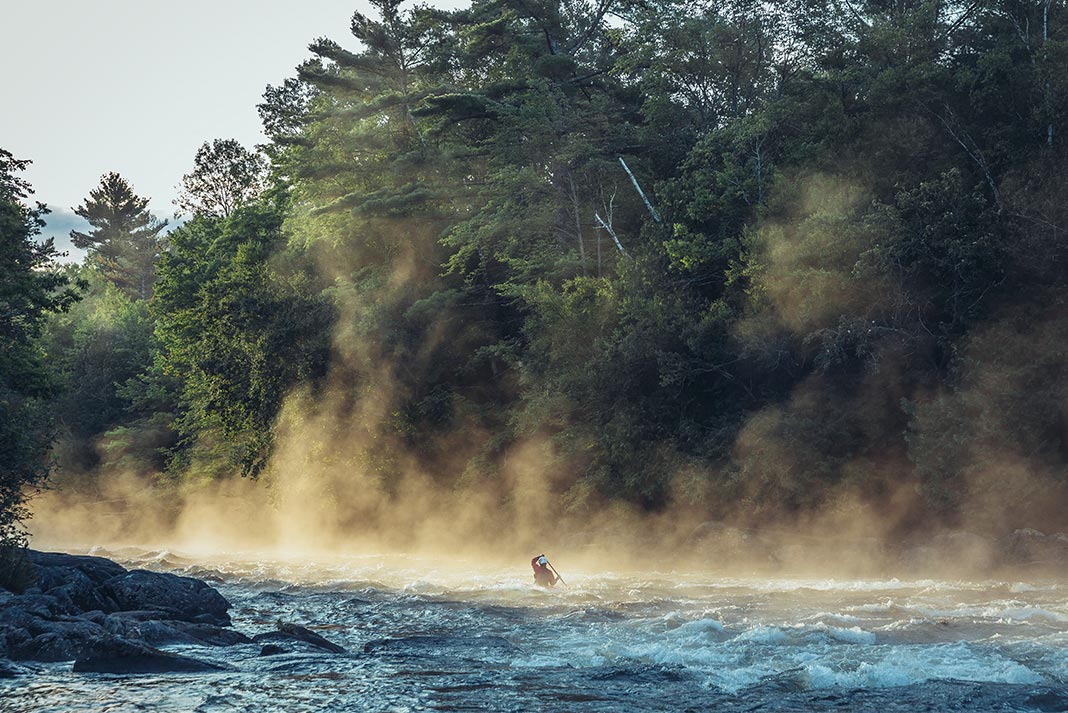
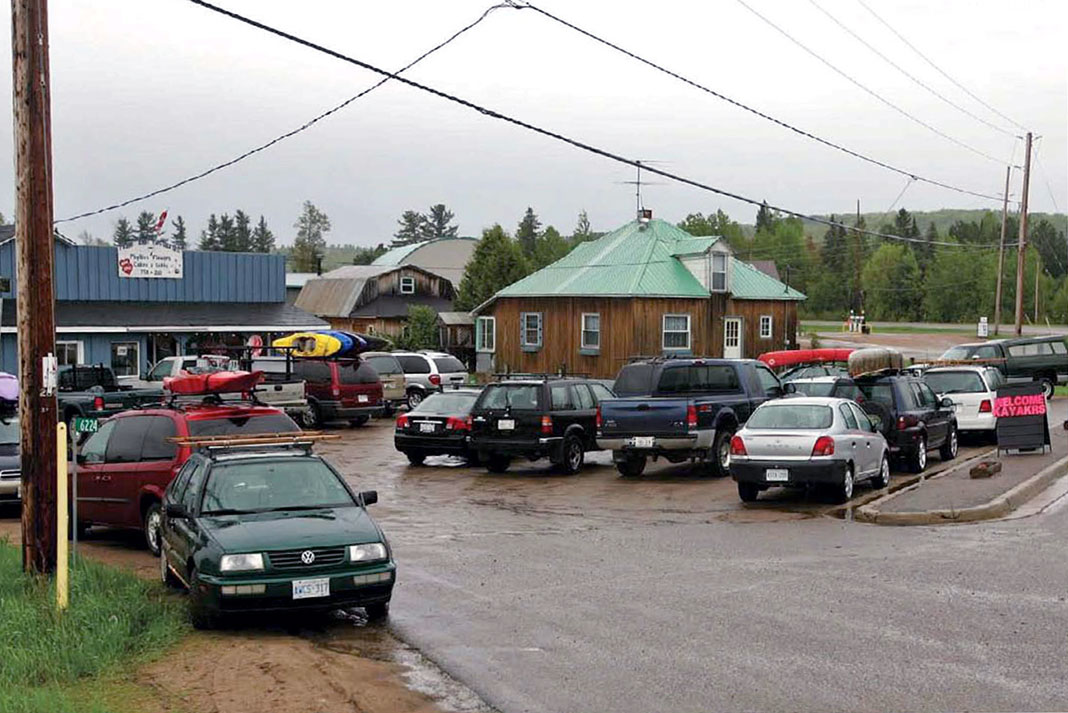
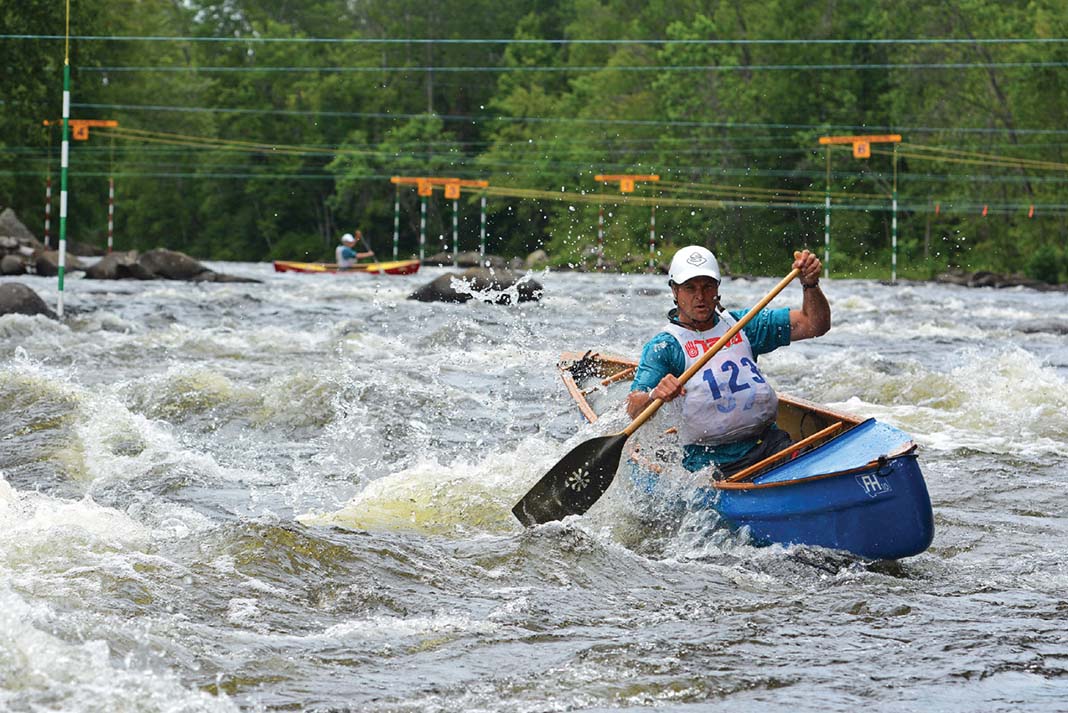
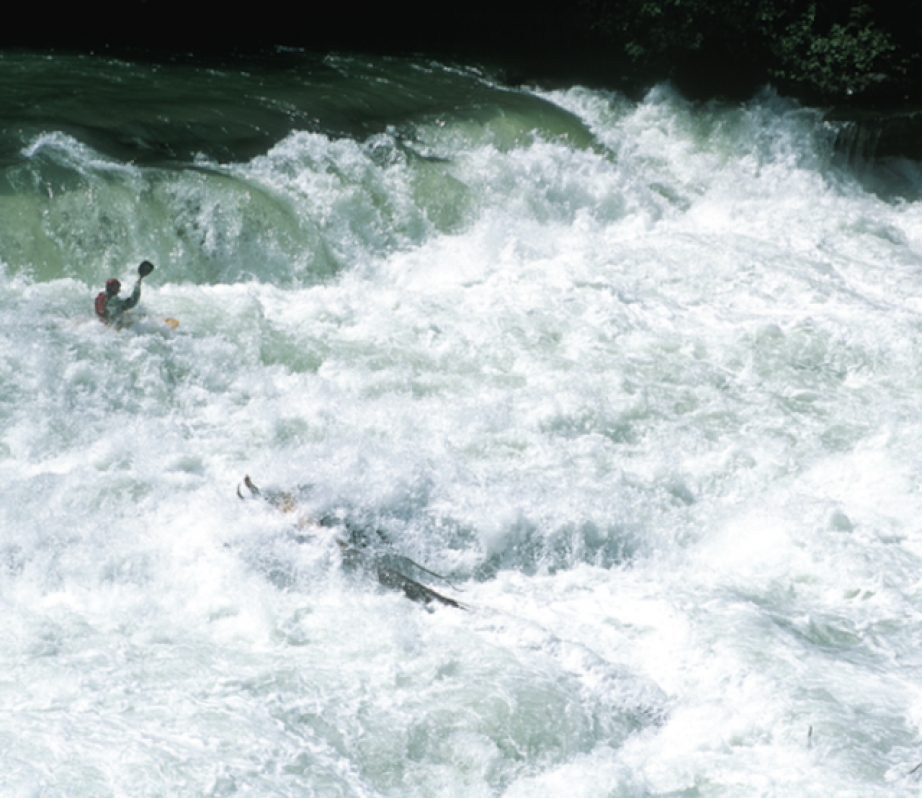
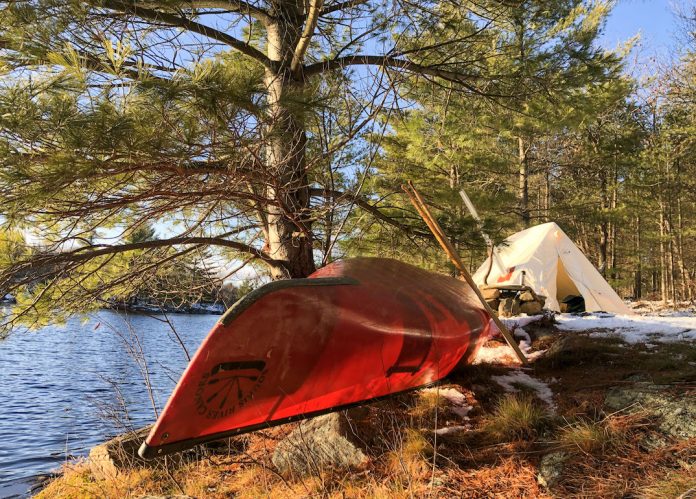
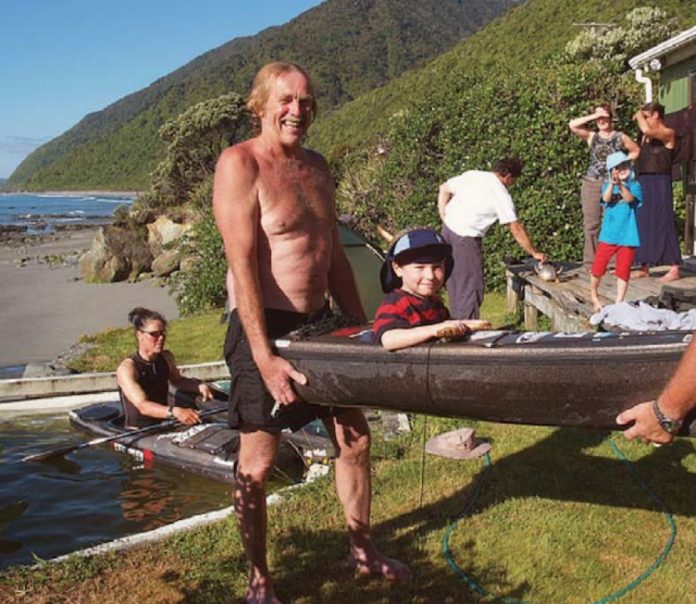
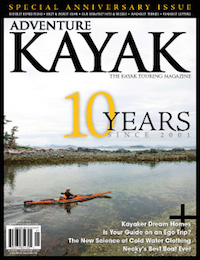 This article first appeared in the Spring 2010 issue of Adventure Kayak Magazine as part of a feature on kayak dream homes. For more great content, subscribe to Adventure Kayak’s print and digital editions
This article first appeared in the Spring 2010 issue of Adventure Kayak Magazine as part of a feature on kayak dream homes. For more great content, subscribe to Adventure Kayak’s print and digital editions 